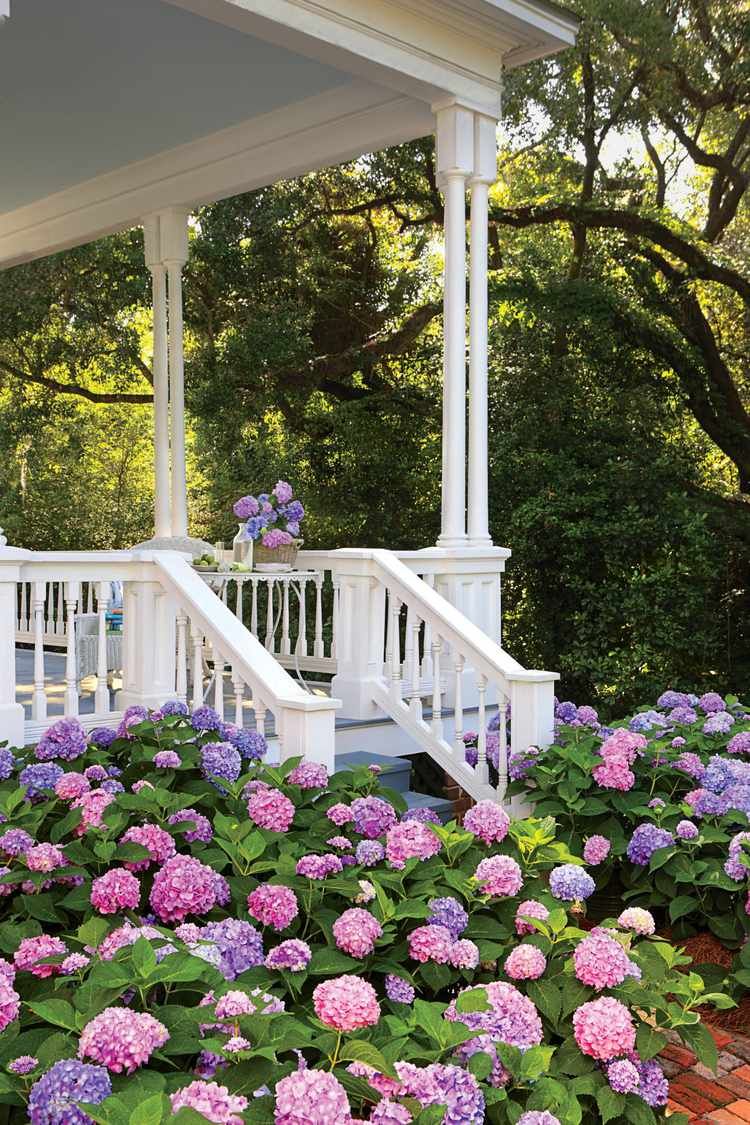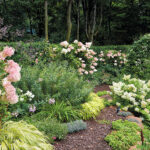Landscaping with hydrangeas can add a pop of color and texture to any garden or outdoor space. These beautiful flowers are known for their large blooms and vibrant hues, making them a popular choice for gardeners looking to enhance their landscape.
Hydrangeas come in a variety of colors, including shades of pink, blue, purple, and white. With the right care and maintenance, they can thrive in a range of environments. When planning your landscaping with hydrangeas, consider the color scheme and overall design of your garden to ensure they complement the existing elements.
One important factor to consider when landscaping with hydrangeas is the amount of sunlight they receive. While they can tolerate some shade, hydrangeas prefer partial sun to full sun for optimal growth and blooming. Plant them in a location that receives at least 4-6 hours of sunlight per day to ensure they thrive.
Hydrangeas also require well-draining soil to prevent root rot and other issues. Amend the soil with compost or organic matter to improve drainage and fertility before planting. Water hydrangeas regularly, especially during hot and dry periods, to keep the soil moist but not waterlogged.
In terms of landscaping design, hydrangeas can be used as focal points, borders, or hedges in your garden. Plant them in groups or clusters to create a dramatic effect, or mix them with other shrubs and flowers for a more layered look. Pruning hydrangeas in late winter or early spring can help promote new growth and maintain their shape.
Overall, landscaping with hydrangeas can add beauty and interest to your outdoor space. With the right care and planning, these versatile flowers can thrive and bloom for years to come, creating a stunning focal point in your garden. Consider incorporating hydrangeas into your landscaping design to enhance the overall aesthetic and enjoy their beauty throughout the growing season.
















